Witherle Woods Preserve occupies a commanding location at the tip of the Castine Peninsula that rewards visitors with outstanding views over Penobscot Bay. The 193-acre property, owned and managed by the Maine Coast Heritage Trust, features a wonderful network of trails for hiking, snowshoeing and cross-country skiing. The preserve, the trust’s first, was pieced together from 1985 to 2006, with most of the land being donated by the owners.
In the early 1870s, George Witherle bought much of the land here, laid out four miles of carriage roads, and opened them for use by residents and summer visitors for walking, carriage rides and picnicking. Witherle, the son of a prominent Castine merchant and ship owner, ran the general store and chandlery. An avid outdoorsman and Appalachian Mountain Club member, Witherle climbed Katahdin nine times, and a prominent ravine on the mountain bears his name.
The high promontory upon which the preserve is situated, at the convergence of the Penobscot and Bagaduce rivers, is a strategic point that once made it one of the most contested pieces of land in the world. Between 1613 and 1815, control of Castine changed hands 18 times between the French, Dutch, British and colonial America, all of whom prized the locale for its sheltered harbor and port for the lumber trade and other commerce.
The Witherle Woods trails aren’t blazed but they are well-signed, and with trail maps posted at key intersections throughout, you’ll be able to keep track of your location pretty easily as you meander along to the various points of interest rich in military history, like Moore’s Hill, the preserve’s wooded apex, which honors Sir John Moore, an 18-year old lieutenant who fought during the American Revolution.
At Blockhouse Point are the former sites of two artillery batteries, Furieuse Battery No. 1 and Furieuse Battery No. 2, named for the French naval ship HMS Furieuse that was captured and used by the British during the War of 1812. There are no views from either spot, but at the second you can take the side trail out to Blockhouse Point Lookout where there’s a grand panorama across Penobscot Bay to Islesboro and the Camden Hills.
Between the two batteries is the Lookout Trail, which climbs to a rocky knob and the preserve’s finest vista, a 180-degree-plus arc that takes in not only Islesboro and the Camden Hills, but Belfast Bay, Sears Island, Cape Jellison, and closer by, Wadsworth Cove, British Canal and Hatch Cove. Scramble on to trail’s end to view the shapely profile of Blue Hill Mountain.
The Lookout Trail vantage point makes it clear why this real estate was so important to early settlers. The British regained control of Castine from the French for the last time in 1713, and in 1779 they built Fort George to solidify their position and protect the growing number of British loyalists. The Americans sent the Penobscot Expedition to seize Castine, but the British held the fort and the Americans retreated, destroying their fleet to avoid it falling into enemy hands.
The American defeat at Castine is considered one of the worst naval disasters in U.S. history and one that nearly bankrupted the state of Massachusetts (Maine was a district of Massachusetts until statehood in 1820), which spent $9 million on the failed campaign. The British finally evacuated Castine in 1784 after peace was declared between the two nations. The British occupied the site for the final time in late 1814 near the end of the War of 1812.
Over the last quarter century, over-maturity and insect damage as well as several major weather events have taken their toll on Witherle Woods, but through professional forestry operations, the red and white spruce, balsam fir, white pine and red oak are finally regaining their place in the forest canopy, while the patchwork of open areas provide significant edge habitat for wildlife.
After your Witherle Woods hike you’ll want to explore the palisaded earthwork fortifications of neighboring Fort George. Just down the road is the Dice Head Lighthouse; built in 1828, it is owned by the town of Castine. In the village of Castine you’ll find beautiful eighteenth-and nineteenth-century Georgian and Federal-style homes, the campus of Maine Maritime Academy, and a scenic waterfront where the training ship “State of Maine” is often docked.
Carey Kish of Mount Desert Island is the author of “Beer Hiking New England,” “AMC’s Best Day Hikes Along the Maine Coast” and the AMC “Maine Mountain Guide.” Follow more of Carey’s adventures on Facebook and on Instagram @careykish
Copy the Story LinkSend questions/comments to the editors.



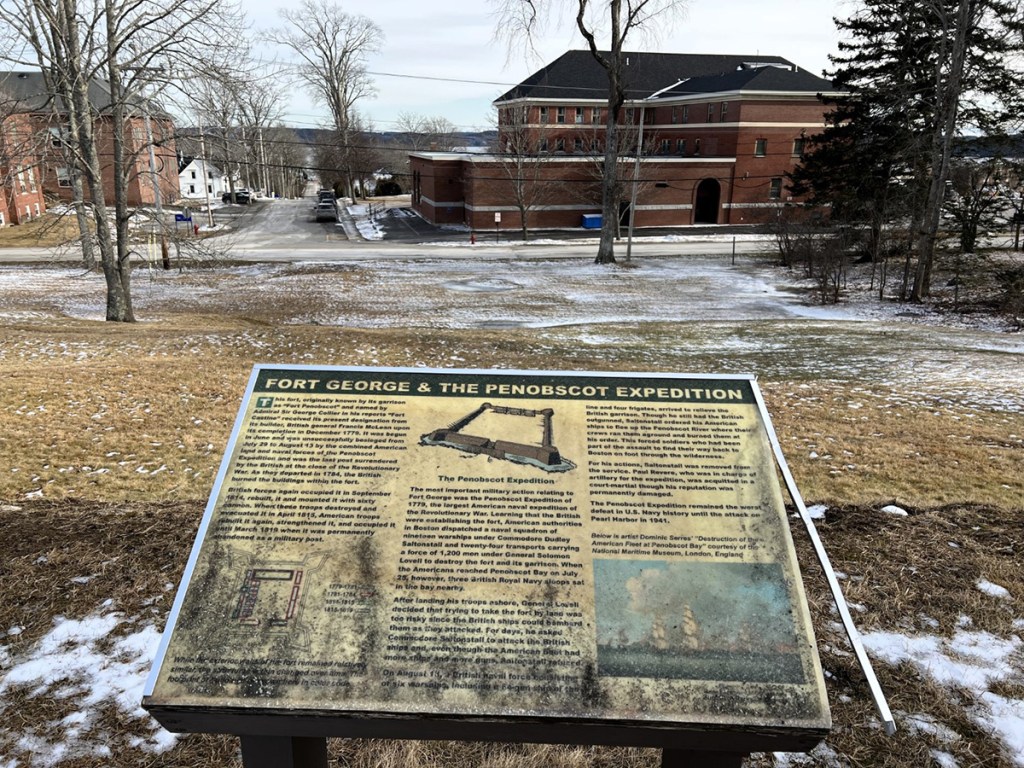
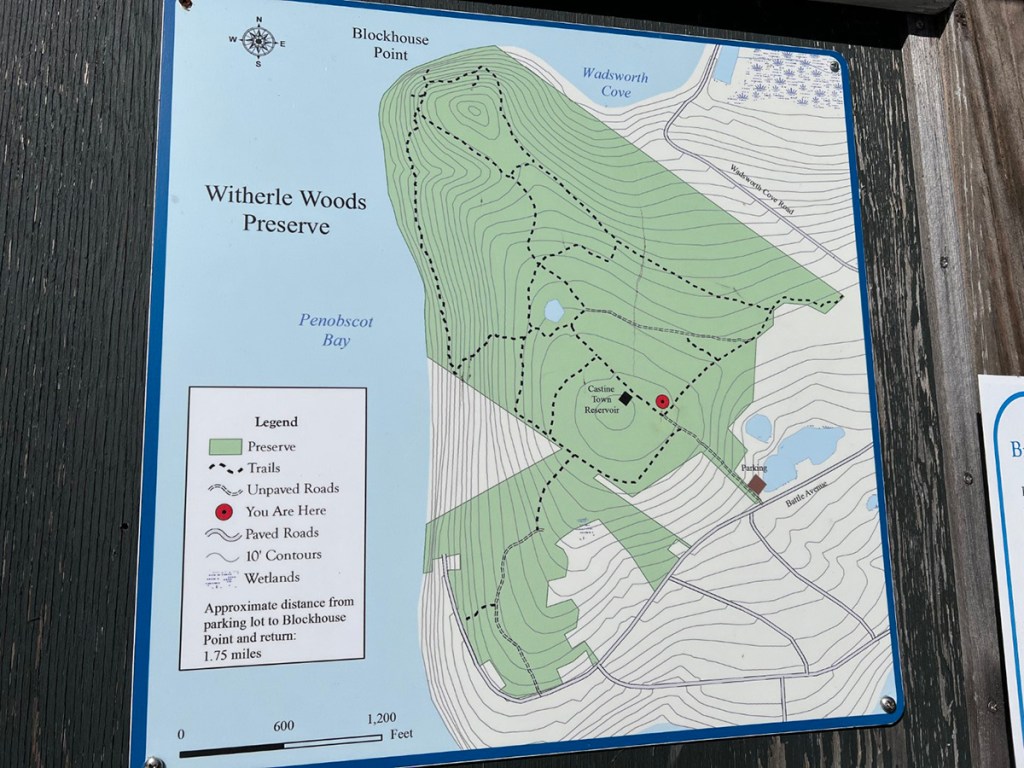
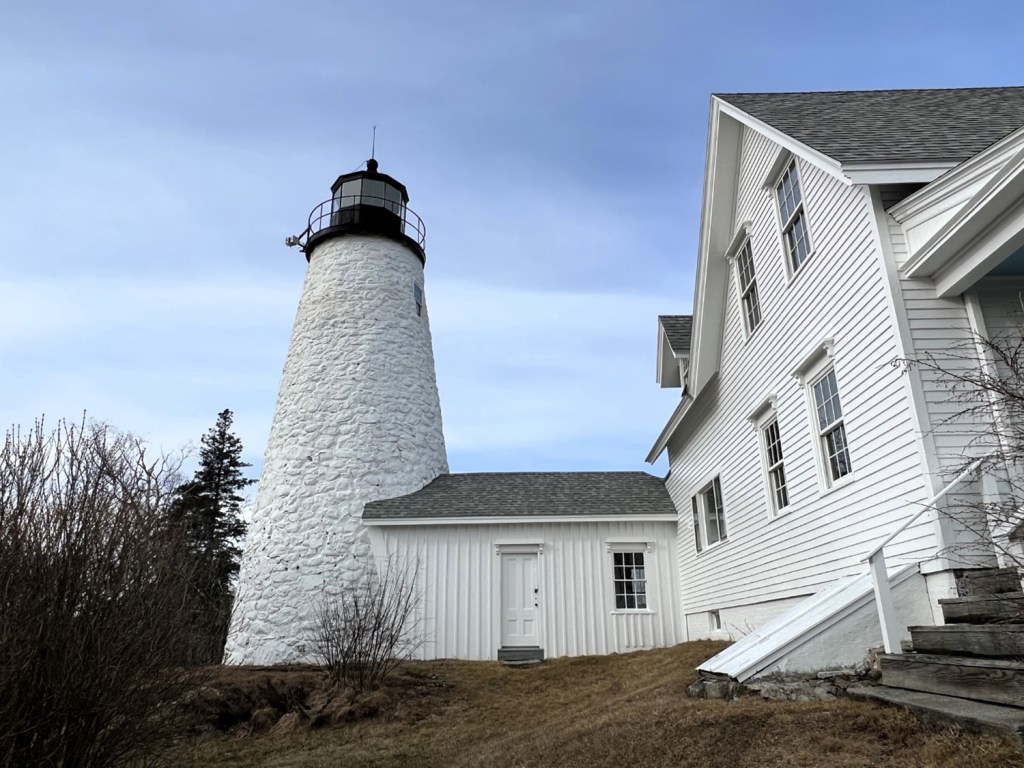

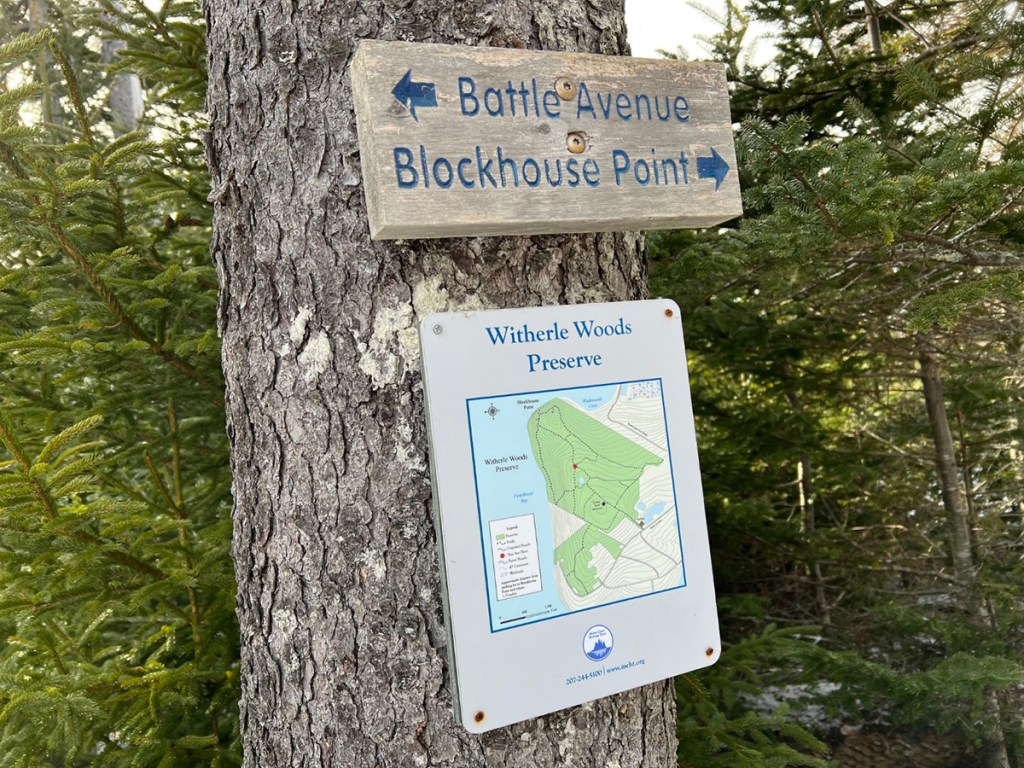

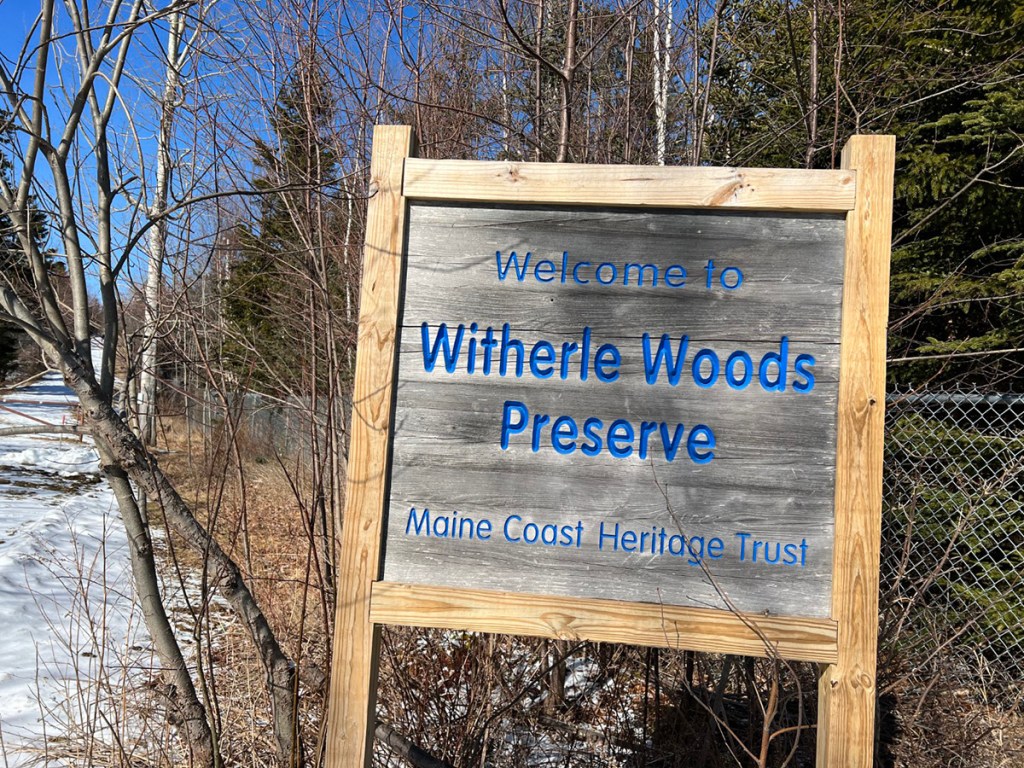

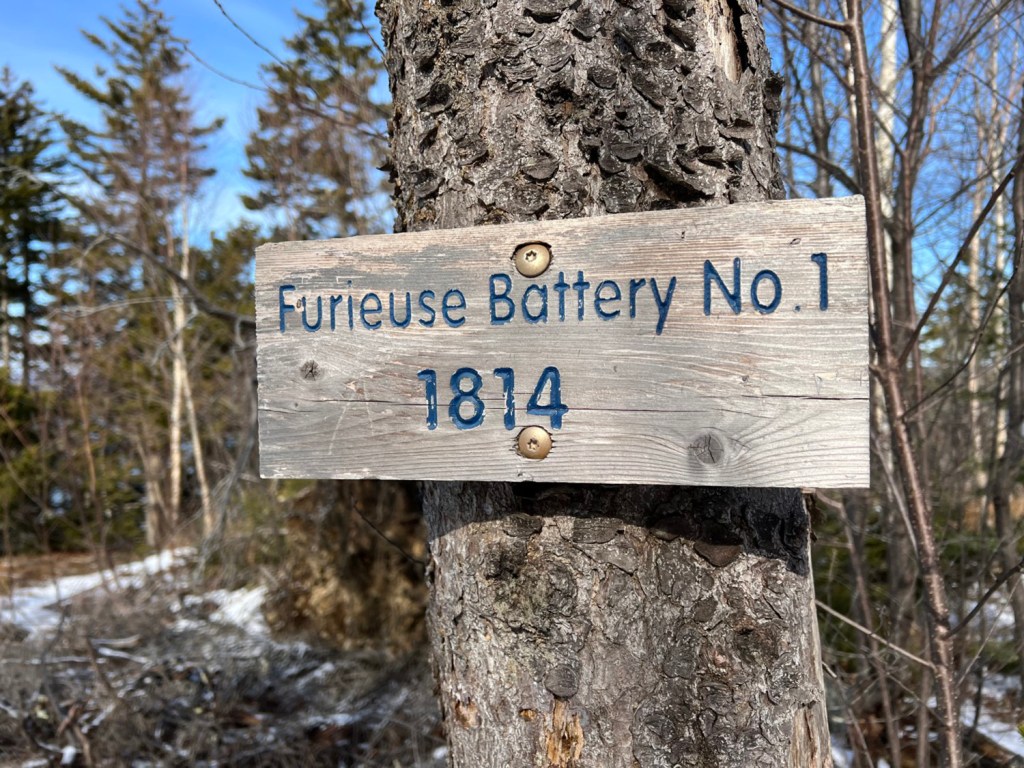


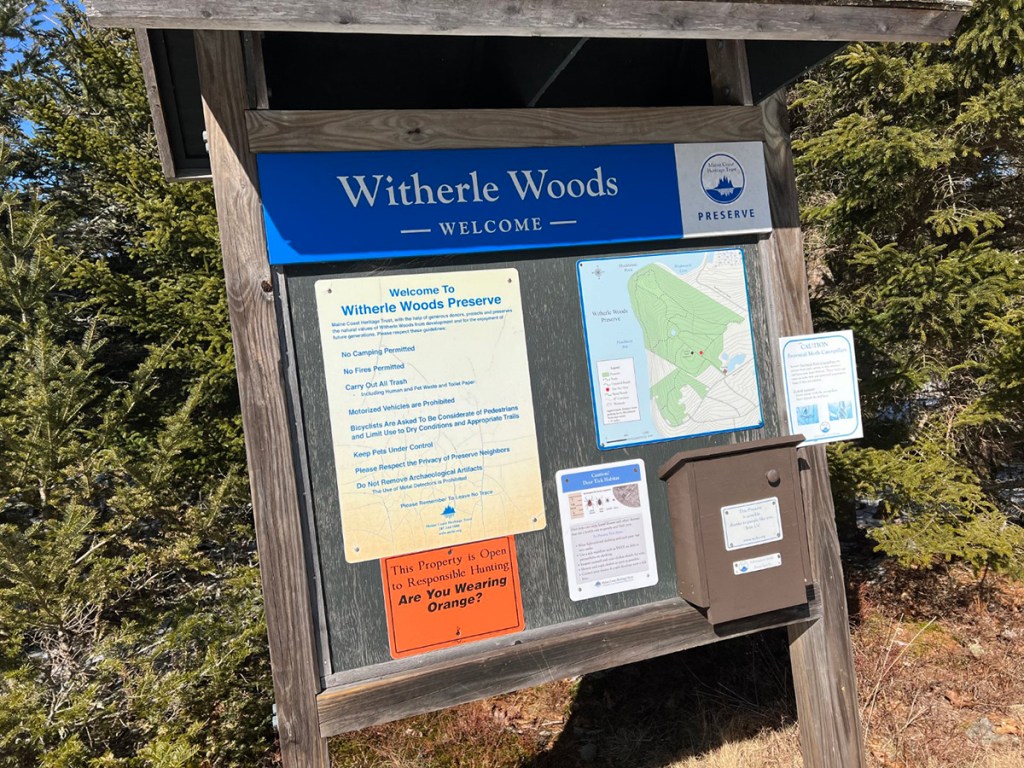



Success. Please wait for the page to reload. If the page does not reload within 5 seconds, please refresh the page.
Enter your email and password to access comments.
Hi, to comment on stories you must . This profile is in addition to your subscription and website login.
Already have a commenting profile? .
Invalid username/password.
Please check your email to confirm and complete your registration.
Only subscribers are eligible to post comments. Please subscribe or login first for digital access. Here’s why.
Use the form below to reset your password. When you've submitted your account email, we will send an email with a reset code.